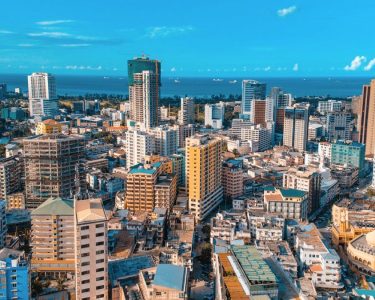
The world is moving online, more and more people are losing interest in traditional TV and newspapers shifting towards streaming, which in turn takes with it advertising spend to internet.
According to the Price Waterhouse Coopers’ (PWC) 2024 to 2028 African Entertainment and Media (E&M) Outlook, a report that looked at three African countries including South Africa, Kenya and Nigeria, internet advertising is achieving impressive scales while print and TV continue to decline as more people prefer streaming their content.
Amongst the three countries, South Africa is the most established and boasts the largest chunk of the market share. According to the report; over the next five years, E&M revenue in all three markets is expected to rise ahead of the global average of a 3.9% Compound Annual Growth Rate (CAGR). E&M revenue in South Africa will increase from R295.3bn (US$16.1bn) to 363.2bn (US$19.8).
In Nigeria, the market value will grow from US$9.0bn in 2023 to US$13.6bn in 2028, while revenue will reach US$4.8bn in Kenya at the end of the forecast period, up from US$3.8bn in 2023.
South Africa, which is the most established market, has a projected CAGR of 4.2% through 2028; though there will be some growth across all segments, print media is expected to decline, however, OTT and internet advertising will see some of the highest growth rates, supported by stable internet connectivity and 5G adoption. Video games and esports remain a segment to watch, promising strong future growth.
Nigeria is one of the fastest growing E&M markets globally, with an 8.6% CAGR; the fastest growing E&M segments through 2028 in Nigeria include internet advertising, video games and esports, OTT and music, radio and podcasts. Internet advertising revenue is expected to more than double between 2023 and 2028.
Kenya will also experience a fast growing internet advertising market in the world projected at CAGR of 17.4%. Its total E&M market is expected to grow at 5.2% CAGR, with internet advertising and OTT leading the way.
PWC says other segments like newspapers, consumer magazines and books are seeing a decline in South Africa like in many other parts of the global markets due to its reliance on print. As the country continues to develop its infrastructure and adapt to 5G which improves connectivity; OTT cinema and internet advertising are expected to be the fastest growing metrics.
The internet is putting serious pressure on broadcast TV advertising as more people now opt for streaming services. According to PWC, growth in broadcast TV advertising is expected to continue for all markets throughout the forecast period, but pressure from streaming services has slowed growth. While South Africa has a relatively well-established TV advertising market, Nigeria and Kenya’s markets are much smaller and are primed for greater growth as a result.
PWC says the slowdown in broadcast TV advertising spend is reflective of current global attitudes, where consumers have become less interested in watching traditional TV and are moving towards streaming platforms instead. However; linear TV still holds an appeal for ‘appointment TV’ and advertising peaks will still occur during major events including sports tournaments and elections.





